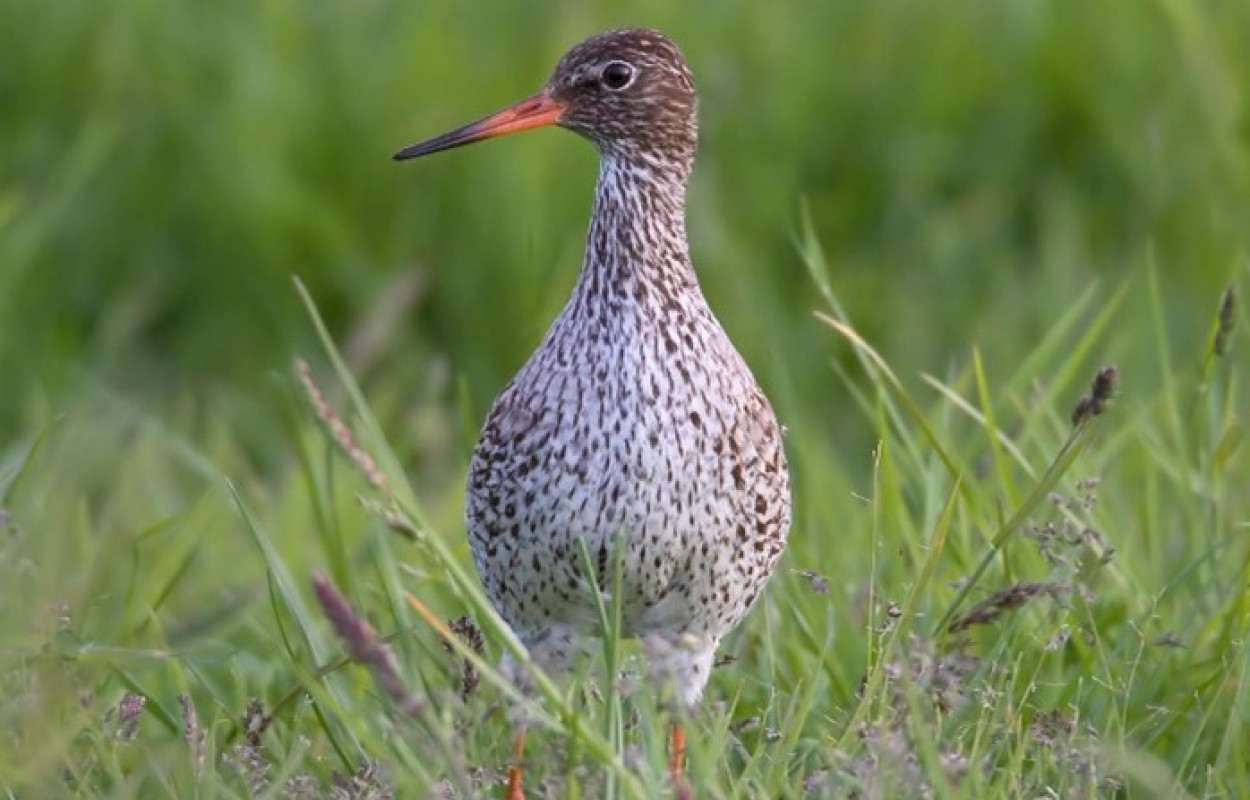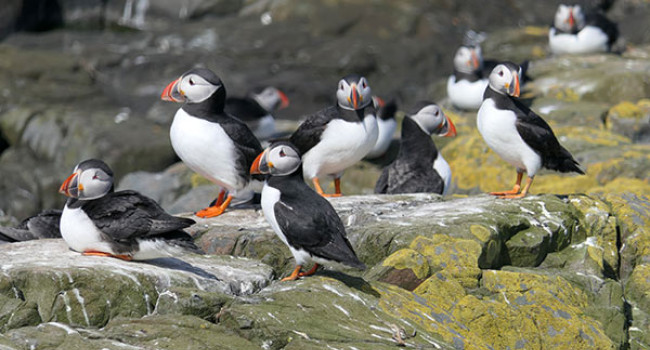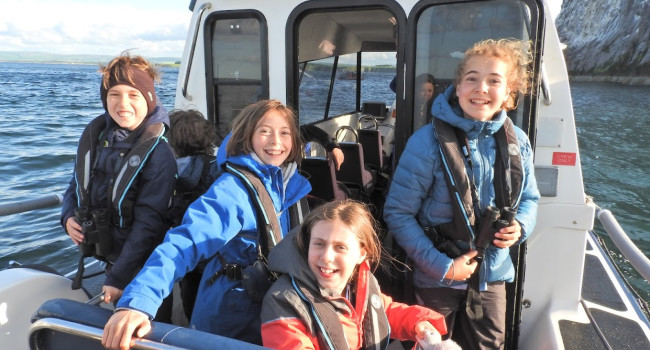Loss of breeding waders from key lowland grassland sites in Northern Ireland

Author(s): Booth Jones, K.A., O’Connell, P., Wolsey, S., Carrington-Cotton, A., Noble, D.G., McCulloch, N. & Calladine, J.R.
Published: July 2022
Journal: Irish Birds Volume: 44
Abstract
Northern Ireland’s lowland wet grasslands held large populations of breeding waders until the mid-1980s. During repeat surveys in the spring/summer of 2018 and 2019, data on breeding Curlew Numenius arquata, Lapwing Vanellus vanellus, Redshank Tringa totanus and Snipe Gallinago gallinago were collected from 74 lowland grassland sites around Northern Ireland. These surveys revealed that between 1986-87 and 2018-19 the total number of breeding wader pairs recorded declined by 73%, from 1,296 pairs to 354 pairs. Specifically, Lapwing declined by 70%, Curlew by 80%, Redshank by 76% and Snipe by 71%. The Blackwater Catchment region in Counties Armagh and Tyrone had lost the greatest percentage of waders since 1985-87. Sixty five percent of surveyed sites no longer support breeding waders, while sites around Lower Lough Erne had less marked declines, particularly of Redshank and Curlew. Occupancy by breeding waders tended to be lower in fields that contained improved grassland, hay or silage, woodland or scrub. Fields with flooded or damp areas made up 45% and 88% of the total fields with breeding waders present. There is a need to improve survey coverage to assess the current status of breeding waders across the whole of Northern Ireland. Surveys should be designed to achieve a better understanding of the relative importance of changing predation pressures and habitats. More broadly, the training and recruitment of volunteers to participate in biological monitoring programmes should be a priority to ensure adequate levels of surveillance to identify conservation needs and measure the effectiveness of conservation initiatives.
Notes
The authors would like to thank the Northern Ireland Environment Agency for funding this work, Kendrew Colhoun for his help in locating original records, RSPB staff for collecting data on their sites and professional surveyors Mike Stinson and David Jarrett for their help in plugging survey gaps. In particular we would like to thank the BTO volunteers who gave up their free time to contribute to this study: Ann Blackhurst, Bob Davidson, Brian Sutton, Ernie Hunter, Geoff Newell, Geoff Sloan, James O'Neill, John O'Boyle, John Spratt, Katy Bell, Ken Moore, Kerry Mackie, Kevin Mawhinney, Massimo D'Accordi, Patrick Kelly, Declan Coney, Peter Good, Ronan Owens, RoyLeary and Simon Gray.Staff Author(s)








Share this page